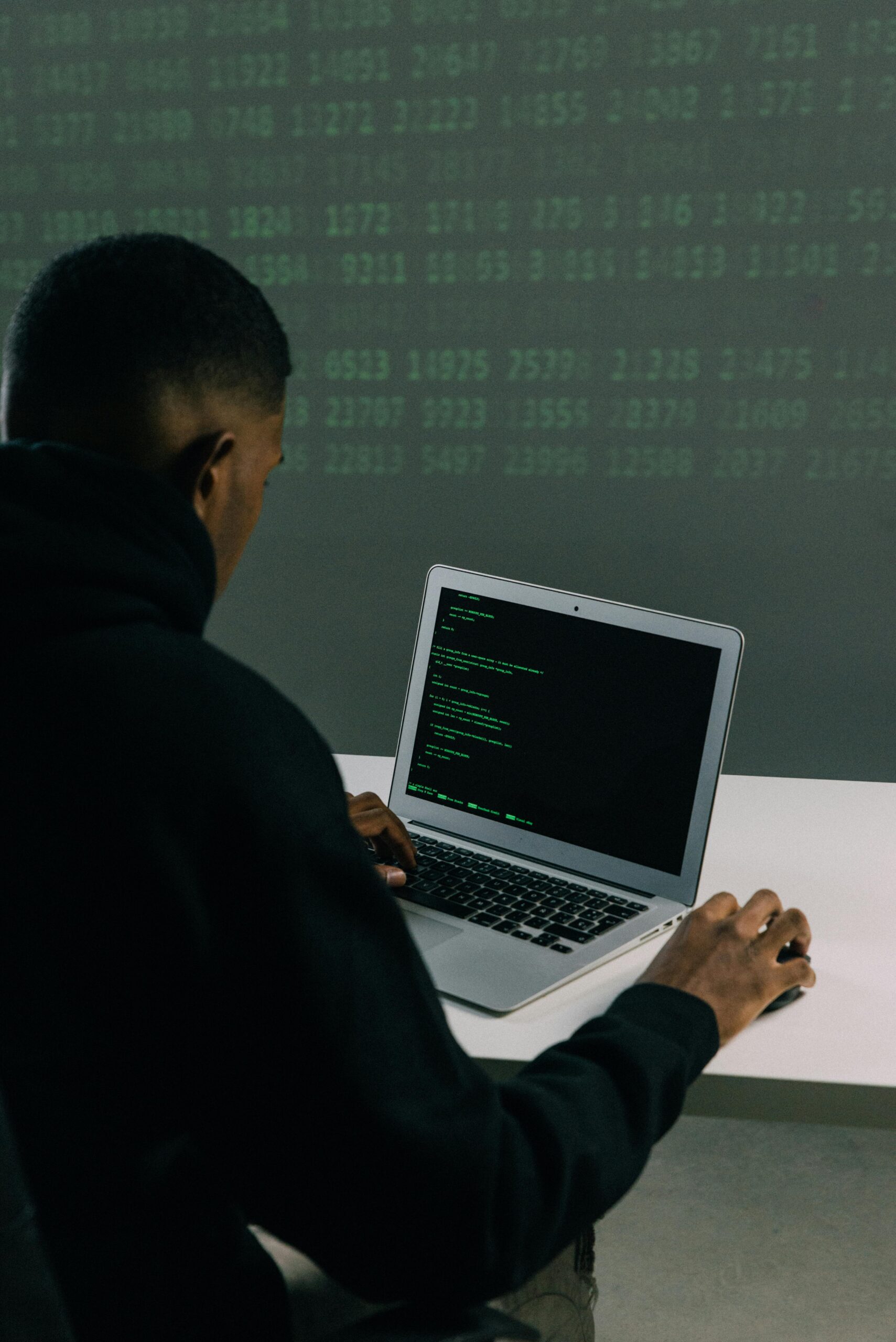Table of Contents
ToggleDecentralized Identity Systems: The Future of Secure Online Authentication?
Introduction
Decentralized Identity Systems: In today’s digital world, identity theft, data breaches, and surveillance capitalism have become major concerns. Traditional identity systems—where companies store and control users’ personal data—are vulnerable to hacks and misuse. Decentralized Identity (DID) systems, powered by blockchain, offer a user-controlled, secure, and privacy-centric alternative for authentication and identity verification.
What is Decentralized Identity?
Decentralized identity is a blockchain-based system where individuals fully control their personal data without relying on central authorities (e.g., Google, Facebook, or government agencies). Instead of storing identity credentials in a centralized database, DID systems allow users to store, manage, and share identity details securely on a blockchain or decentralized network.
How Decentralized Identity Systems Work
-
User Creates a Digital Identity: A unique Decentralized Identifier (DID) is generated and linked to the user’s cryptographic keys. Unlike traditional systems, this identity is not stored on centralized servers.
-
Issuance of Verifiable Credentials (VCs): Government agencies, universities, or employers’ issue verifiable credentials (e.g., passports, degrees, driver’s licenses) to the user’s digital wallet.
-
User Controls Data Sharing: Users decide which credentials to share and with whom, without exposing unnecessary personal information. Example: Instead of sharing an entire driver’s license, users can verify only their age using Zero-Knowledge Proofs (ZKPs).
-
Verification by Third Parties: When a service provider (e.g., a bank or website) requests identity verification, the user digitally signs and shares the required information. The verifier checks the authenticity of the credentials via blockchain without needing to contact the issuing authority.
Benefits of the Systems
1.Full User Control – Users own and manage their identities, reducing dependence on tech giants and governments.
2.Increased Security – No central database means no single point of failure for hackers to exploit. 3. Privacy Protection – Users can share only necessary data without exposing sensitive information.
4.Cross-Platform Compatibility – A decentralized identity can be used across different services without re-registering.
5.No Passwords Needed: Authentication is done through cryptographic keys, eliminating phishing risks.
READ ALSO: Revolutionize Online Security and Communication
Cases of Decentralized Identity
-
Self-Sovereign Identity (SSI) for Individuals: Users can verify their identities without sharing excess personal information (e.g., verifying age for online purchases). For Example, Microsoft ION (on Bitcoin blockchain) enables decentralized authentication.
-
Government-Issued Digital IDs: Countries like Estonia and South Korea are exploring blockchain-based national ID systems. For Example, ID2020 Initiative promotes decentralized identity for refugees and undocumented individuals.
-
Decentralized KYC (Know Your Customer) for Banking & Finance: Blockchain-based identity allows secure and reusable KYC verification, reducing onboarding time and fraud. For Example, Civic & Sovrin offer decentralized identity solutions for financial institutions.
-
Verifiable Academic & Professional Credentials: Universities and employers can issue tamper-proof digital certificates, reducing credential fraud. For Example, MIT issues blockchain-based diplomas to graduates.
-
Secure Access to Online Services (Web3 & Metaverse): Users can log in to websites and apps without passwords or third-party logins. For Example, Ethereum Name Service (ENS) enables blockchain-based identity for Web3 applications.
Challenges & Limitations
1. Regulatory Uncertainty: Many governments have not yet established clear legal frameworks for decentralized identity.
2. User Adoption & Complexity : Managing private keys can be difficult for non-technical users.
3. Scalability Issues: Public blockchains often face transaction speed and cost limitations.
4. Interoperability: Different DID systems must be standardized to work across multiple platforms.
Decentralized Identity Systems: The Future
As more organizations, tech companies, and governments move toward decentralized identity models, we may see:
- Wider adoption of SSI for passports, medical records, and digital voting.
- Integration with AI & biometrics for fraud prevention.
- More decentralized identity wallets (e.g., MetaMask, Microsoft ION, uPort).
Decentralized identity could revolutionize online authentication, data privacy, and personal security, paving the way for a trustless, self-sovereign future.
